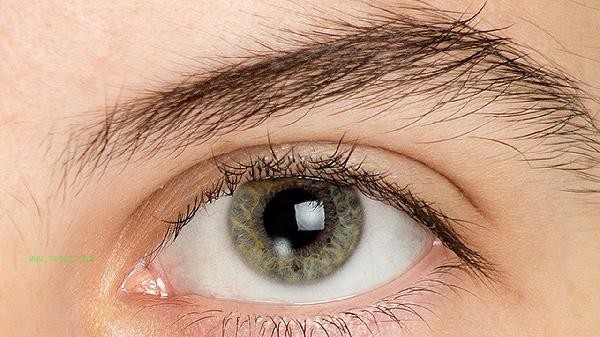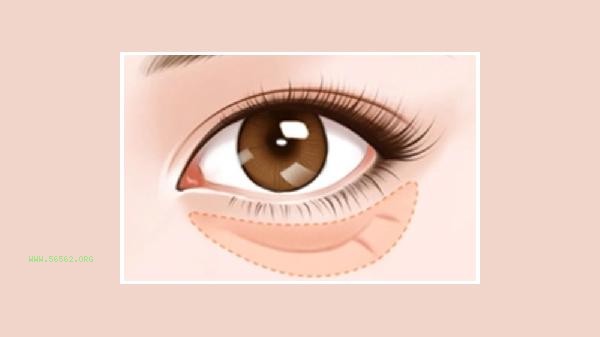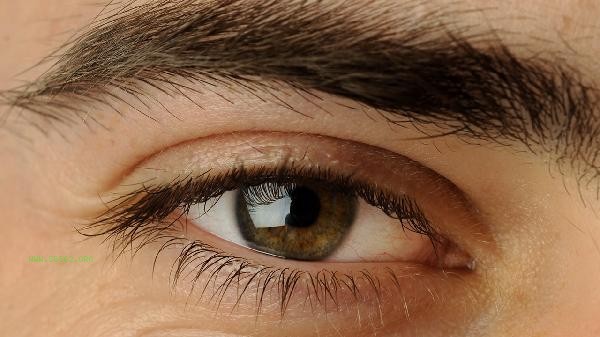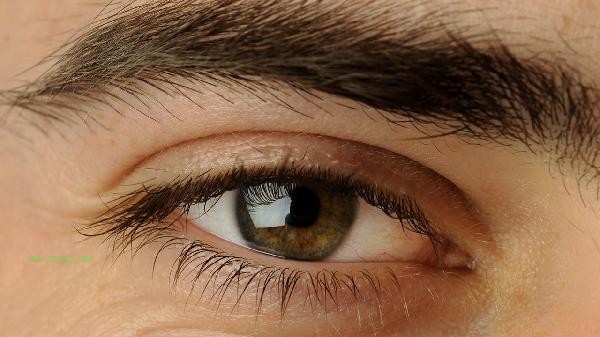Adapalene and tretinoin can be used interchangeably, but adjustments should be made under the guidance of a doctor based on skin tolerance and treatment goals. Adapalene belongs to the third generation of retinoids and has low irritability; Retinoic acid, such as all trans retinoic acid, has a stronger effect but may cause more pronounced skin dryness and flaking. Alternating use of both may reduce resistance to a single drug, but caution should be taken to avoid overlapping stimuli. Adapalene is more suitable for long-term maintenance treatment of acne or sensitive skin. Its anti-inflammatory properties have significant effects on red and swollen acne, and it has good photostability. Retinoic acid has more advantages in improving photoaging and abnormal keratinocyte metabolism, but strict sun protection is required. It is recommended to use alternately every other day or in the morning and evening to avoid overlapping at the same time. In the initial stage, it can be started from low frequency, such as 2-3 times per week, and gradually adjusted after observing skin reactions.
When the skin barrier is damaged or in sensitive conditions such as rosacea, alternating plans should be used with caution. Retinoic acid may exacerbate redness and pain, and adapalene should be given priority in this case. Pregnant and lactating women are prohibited from using tretinoin and can only use adapalene under the supervision of a doctor. Both need to establish tolerance, and during use, moisturizing and repairing products should be used in conjunction with them, while strictly avoiding the simultaneous use of irritating ingredients such as fruit acid and salicylic acid.
If continuous peeling or burning occurs during alternate use, stop immediately and seek medical attention. Daily sun protection should be strengthened, and physical sunscreen should be chosen to reduce irritation. When treating stubborn acne or severe photoaging, doctors may recommend staged sexual replacement to enhance efficacy, but it is necessary to cooperate with skin condition monitoring and moisturizing care to avoid excessive exfoliation of the stratum corneum leading to sensitivity.








Comments (0)
Leave a Comment
No comments yet
Be the first to share your thoughts!